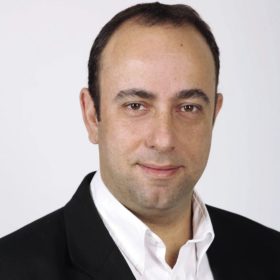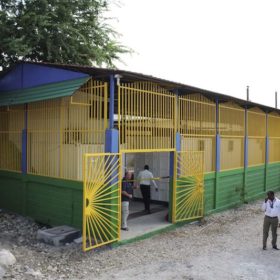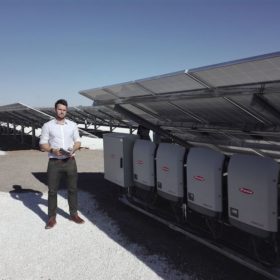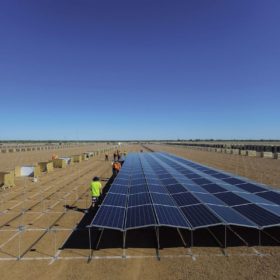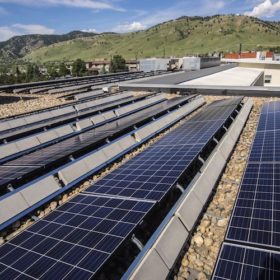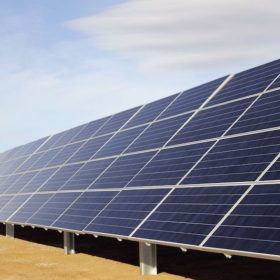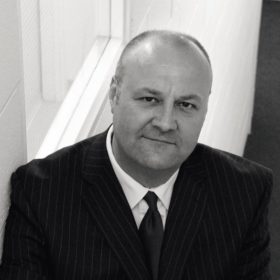Come together: consumption and generation
Inverters: SolarEdge was chosen as one of two runners up for the 2017 Array Changing Technologies award for its Smart Energy Management solution. Lior Handelsman, SolarEdge’s Founder and VP of Marketing and Product Strategy, says that the awards highlight the importance of integrating rooftop PV production with energy management within the home or business.
Reinventing the wheel
Flywheel storage: Amber Kinetics is the winner of 2017’s Array Changing Technologies Award, chosen by an independent jury of industry experts as the most exciting technology in the downstream sector. pv magazine caught up with cofounder and CEO Ed Chiao to discuss the technology’s potential and what Amber Kinetics has planned over the next few years.
With the sun to independence
Solar in Haiti: Only one in three of the approximately 11 million people in Haiti has access to electricity. Agricultural entrepreneur and incumbent President Jovenel Moïse wants to electrify the entire country within 24 months, focusing on renewable sources of energy. While experts see the project as particularly ambitious, a range of small and large initiatives in the field of solar energy are rapidly springing up in Haiti.
The guessing game goes on
So much of the solar industry hinges on educated guesses. Whether technical, political or financial, the winds of change that constantly blow across the bows of the PV world can always be felt, if not predicted. At the time of going to press, the impact – or lack thereof – of the Section 201 case […]
Minimalist mounting
EPC in Australia: Germany’s EPC powerhouse Belectric has installed its first new PEG fixed-tilt ground-mounted PV design in Australia, and is planning two more before year end. Belectric claims that the system provides the lowest levelized cost of energy among all other competitors’ offerings in the country
Will the tail wag the dog?
Utilities of the future: When you consider all of the changes that are beginning to appear across the energy sector, it is hard to imagine exactly what a utility will end up looking like 10 years from now.
A nose for quality
Module monitoring: PV is a stable technology and comparatively coarse methods of performance monitoring are considered sufficient to assure optimal performance. However, approximately 8% of all module defects are not easily detectable.
Back to the front
Interview: SunPower is famous for its back contact cells, boasting one of the industry’s most advanced technologies. Josh Moore, SunPower Director, explains why the company is now ramping up 600 MW of production for different types of front contact cells and shingled modules.
The potential for PV-powered hydrogen production
PV+hydrogen: ITM Power exhibited new designs for hydrogen refueling stations last month at Solar Power International (SPI). The U.K. clean fuel specialist announced plans in early September to install a 10 MW hydrogen electrolyzer at a Shell refinery in Germany, and signed a deal to provide renewably powered electrolyzers for hydrogen fuel-cell buses in France. Chief Executive Graham Cooley spoke to pv magazine about the Sheffield-based company’s new refueling stations and the potential to use solar panels to produce hydrogen as a clean fuel.
Iran’s solar steps
Iranian PV: In 2014 Iran announced an ambitious 5 GW renewables goal, but progress proved slow, primarily due to the difficulty many foreign firms have investing in the country. Since the lifting of UN sanctions last year, however, the situation on the ground has been slowly changing – and European solar firms have already begun moving in, as pv magazine discovered.
